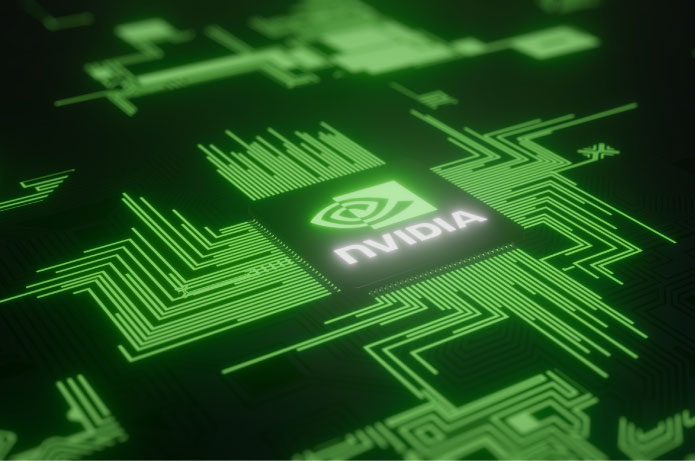NVIDIA has released first-quarter financial results for its new fiscal year, ended April 27, 2025, with revenue from US$ 44.1 billion, representing an increase of 12% for the previous quarter and 69% compared to the previous year.
“Our supercomputer Blackwell NVL72 AI, an’ thinking machine designed for reasoning, is now in large-scale production with systems manufacturers and cloud service providers”, he says Jensen Huang's, Founder and CEO of NVIDIA.
“NVIDIA's global demand for AI infrastructure is incredibly strong. The generation of AI inference tokens has increased tenfold in just one year, and as AI agents become commonplace, demand for AI computing accelerates. Countries around the world are recognizing AI as essential infrastructure (as well as electricity and the internet & NVIDIA is at the center of this profound” transformation, Huang adds.
NVIDIA leads the new era of AI with records, partnerships and global expansion
During the first quarter of fiscal 2026, the division NVIDIA Data Center reported revenue of US$ 39.1 billion, an increase of 10% compared to the previous quarter and an increase of 73% compared to the same period last year.
An NVIDIA:
- It's building factories in the United States and collaborating with partners to produce AI supercomputers in the country;
- Announced its partnership with the HUMAIN to build AI factories in the Kingdom of Saudi Arabia;
- Revealed the UAE Stargate, a state-of-the-art AI infrastructure cluster located in Abu Dhabi, United Arab Emirates;
- Revealed plans to work with the Foxconn and the Taiwanese government to build a supercomputer for an AI factory;
- He stressed that his platform Blackwell set records in inference results MLPerf, achieving up to 30 times better performance;
- Announced the opening of a new research center in Japan, which houses the world's largest quantum research supercomputer.
NVIDIA reports solid growth in professional visualization and automotive revenue despite quarterly challenges
During the first quarter, revenue from the professional visualization segment was US$ 509 million, stable compared to the previous quarter and 19% higher than the previous year.
In the automotive segment, first quarter revenue was US$ 567 million, a fall of 1% compared to the previous quarter, but an increase in 72% compared to the same quarter last year.
Marcio Aguiar, director of the Enterprise division of NVIDIA Latin America, emphasizes: “These results reflect our commitment to innovation and expansion in the region, positioning us as a key partner in the digital transformation of Latin American companies.We drive the adoption of AI and advanced technologies that generate a real impact on their businesses
NVIDIA outlook for the second quarter
The expected revenue is US$ 45 billion, with margin of error of plus or minus 2%. This forecast reflects a revenue loss of approximately US$ 8 billion in the half year due to recent export control restrictions.
Additional notes
NVIDIA will pay its next quarterly cash dividend from US$ 0.01 by share on July 3, 2025, to all shareholders registered in 11 June 2025.
To see the full balance sheet, click here.











